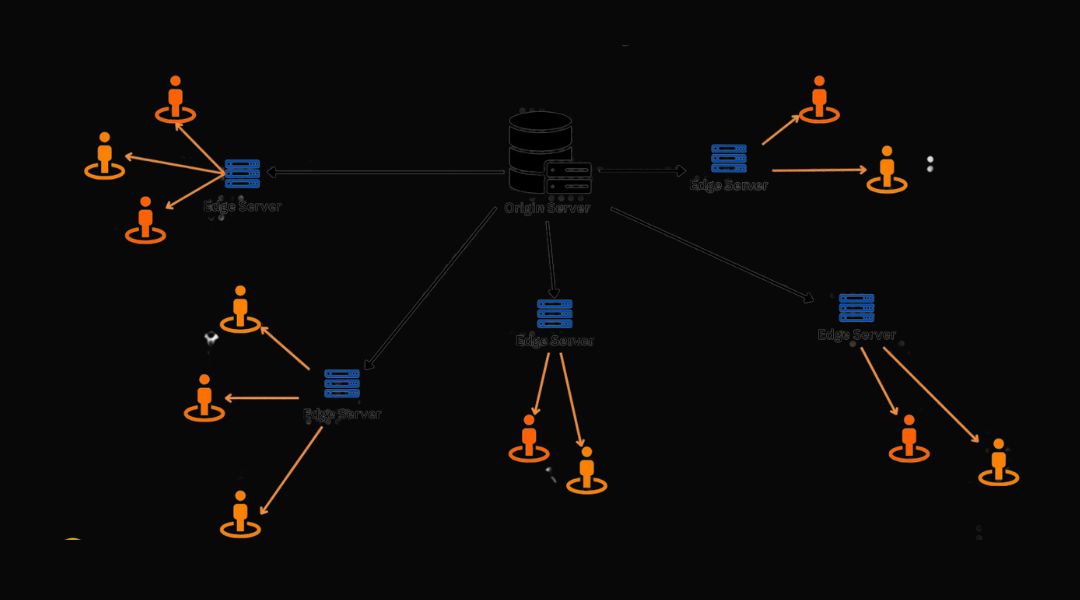
Let’s start with a familiar nightmare.
Your website is humming along just fine. You’re halfway through your morning coffee, and BAM—server’s down. Just like that, traffic stops, support tickets spike, and your forehead gets that little twitch you only get when things go very, very wrong.
Yeah, I’ve been there. And probably more than I’d like to admit.
The truth is, downtime happens. But that doesn’t mean you can’t fight back—with planning, automation, the right tools, and a bit of stubbornness.
Here’s how I keep my servers upright, stable, and humming like a well-tuned engine—even when things try to fall apart.
What You’ll Learn in This Guide:
- How I minimize downtime using simple but effective methods
- Tools I rely on to catch problems before clients do
- What to do when your site inevitably misbehaves
- Tips to keep users calm (and not abandoning ship)
- How I’ve turned post-crash reviews into future-proof solutions
Downtime: Why It’s More Expensive Than You Think
Every second your site’s down, you’re bleeding something—money, trust, or both.
Clients don’t want excuses. Google doesn’t care about “oops.” And users certainly won’t wait around staring at a spinning loader.
Here’s what I’ve seen first-hand:
- A local service provider lost 30% of organic traffic after three back-to-back outages (thanks Google).
- A client’s Black Friday sale crashed mid-launch and cost them over $10K in 20 minutes.
- One startup lost investor confidence after downtime during a product demo. Yikes.
If this sounds like scare tactics—it is. But also, it’s preventable. Let’s keep it that way.
Monitor Like a Pro—No Crystal Ball Required

I don’t babysit servers. I let them tell me when something’s off.
Here’s what I use:
- UptimeRobot – Clean, simple, does the job
- Netdata – Like a health check-up on steroids
- HetrixTools – Great for tracking trends and potential flutters
Set alerts for CPU spikes, response time, downtime, and disk usage. You don’t want to find out your site’s offline from a customer email. Been there. Regret it.
Need help knowing what to track? I outlined it in this guide.
Always Have a Game Plan (No, “Panic” Doesn’t Count)
My recovery plan lives in a doc. It’s not fancy, but it’s saved me a dozen times.
What I include:
- Emergency contacts (including the hosting provider, and yes, even that one support rep who actually helps)
- Instructions to restore from backup (because in a panic, even simple tasks look like rocket science)
- A versioned checklist of what not to touch unless I want to make things worse
I test it quarterly. Even a dry run helps. If you’re starting out, my beginner admin guide will walk you through the basics.
Backup Like You’re Paranoid (Because You Should Be)
No backups? No mercy.
Here’s my rule: automate daily, store offsite, test monthly. I don’t just set backups and pray. I restore them regularly—because corrupted backups are just digital trash.
My strategy:
- Automated daily snapshots
- At least 3 restore points
- Different data centers (cloud + physical)
You’d be surprised how many people find out their “backups” didn’t actually save anything—until it’s way too late.
I go deeper into this in my server optimization guide, in case you’re curious.
Handle Spikes Without Melting Down
Here’s a fun story: A client’s promo tweet went viral. Traffic surged. Server choked. Cue chaos.
Spikes can happen even when you least expect them. So plan for them:
Set up a CDN (I use Cloudflare—free and easy)

Use a load balancer to spread traffic across multiple servers (explained in this guide)
Cache aggressively. Static content doesn’t need a VIP pass every time
These days, my setup can handle a sudden 3x traffic surge without even flinching.
Automate the Things You Always Forget
Automation isn’t lazy—it’s efficient. Especially when it comes to boring stuff.
I automate:
- Security patches
- Log cleanup
- Reboot checks for resource hogs
One script I run weekly frees up 500MB of junk logs. That’s half a gig of “oops” just sitting there.
If this sounds overkill—it’s not. You’ll thank yourself during the next storm.
Secure the Thing Like It’s a Vault
Your server isn’t a sandbox. It’s a target.
You don’t need a $10k security suite. Start with:
- fail2ban to block repeated login attempts
- CSF or UFW to manage firewall rules
- Keeping your software updated (no excuses)
I cover more of this in my security checklist. Bookmark it. Seriously.
Use Tools That Actually Show Up for Work
Some monitoring tools look great—until your server crashes and they’re nowhere to be found.
Here are the ones I actually trust:
- Monit for service checks
- Zabbix for high-level performance
- NodeQuery for lightweight server stats
Tool fatigue is real. I’ve tested dozens. Only keep what works—and ditch the rest. Want a curated list? Here’s mine.
Communicate Like a Human (Not a Corporate Bot)

Here’s the thing: customers don’t mind a hiccup. But they do mind silence.
I’ve learned to:
- Post real-time status updates
- Email clients if the outage lasts more than 15 minutes
- Use simple language (“We’re fixing it now” > “We’re currently engaging incident remediation protocols”)
Transparency builds trust—even when everything’s on fire.
Post-Crash Reviews: Where Real Fixes Happen
Once the dust settles, I always ask myself:
- What failed?
- What took too long?
- What should I automate next?
I keep notes from every outage (yep, even the embarrassing ones). That’s how I spot patterns and fix the real problems.
No one loves reviews. But they make everything better over time.
If you want to go further, this optimization checklist is worth a look. I use it during post-outage audits.
Outages Happen. Panic Doesn’t Have To.
Look, I’ve had servers fail at midnight, 5 minutes before a launch, and once while on vacation (yes, I cried a little).
But over the years, I’ve learned that preparation is the best armor.
Put systems in place. Test your backups. Set alerts. Keep your team or clients informed. And most of all, stay calm. Your cool head is sometimes the best uptime tool you’ve got.If you’re just getting serious about server reliability—or want to overhaul your current setup—my Ultimate Server Guide covers everything from scratch to scale.
